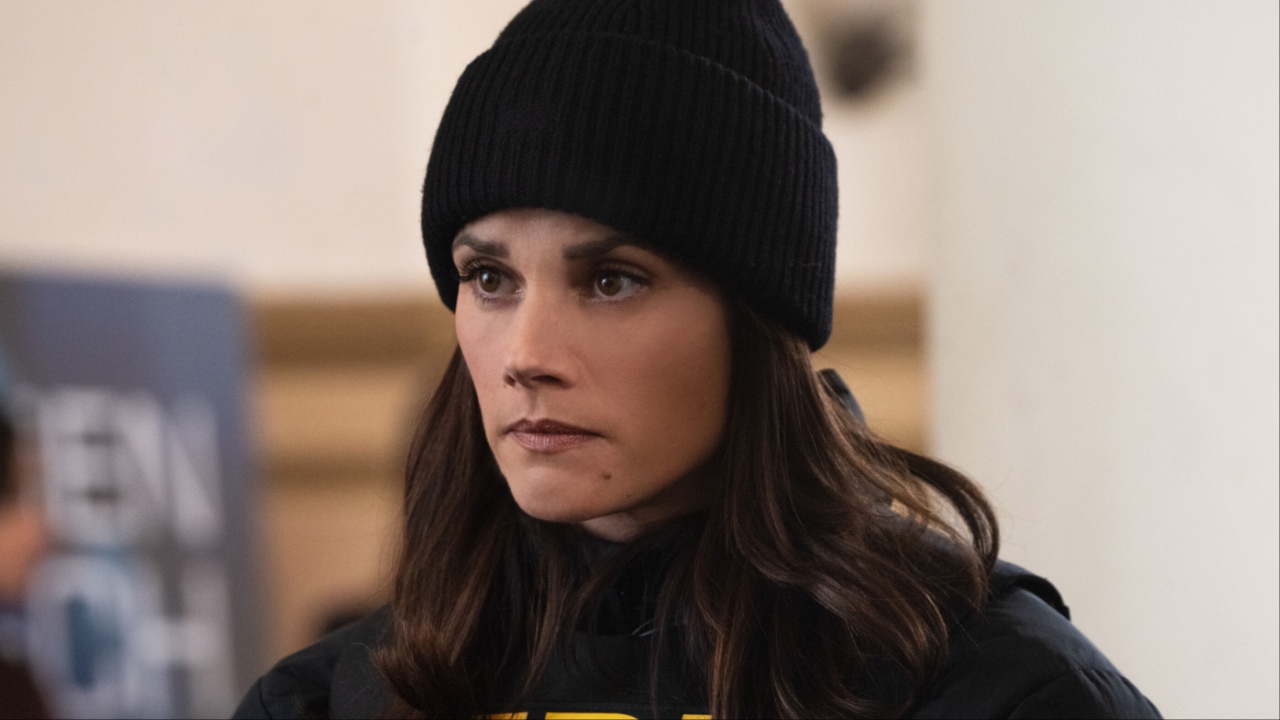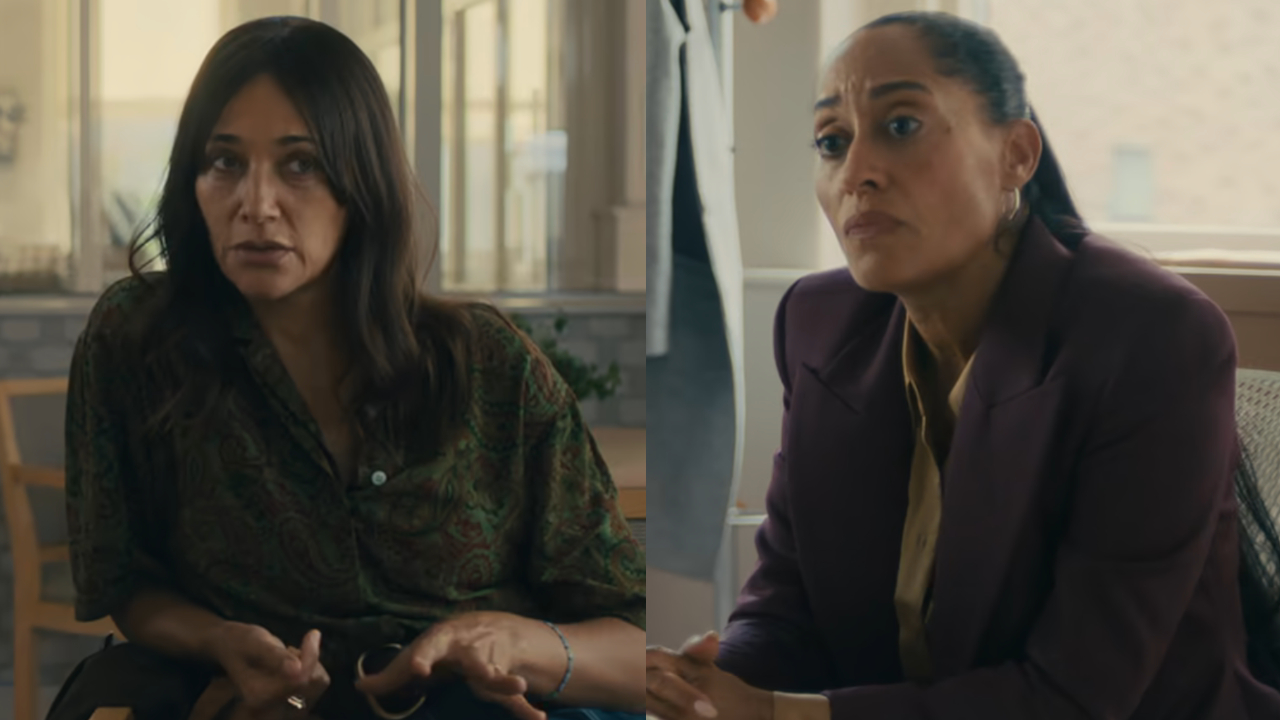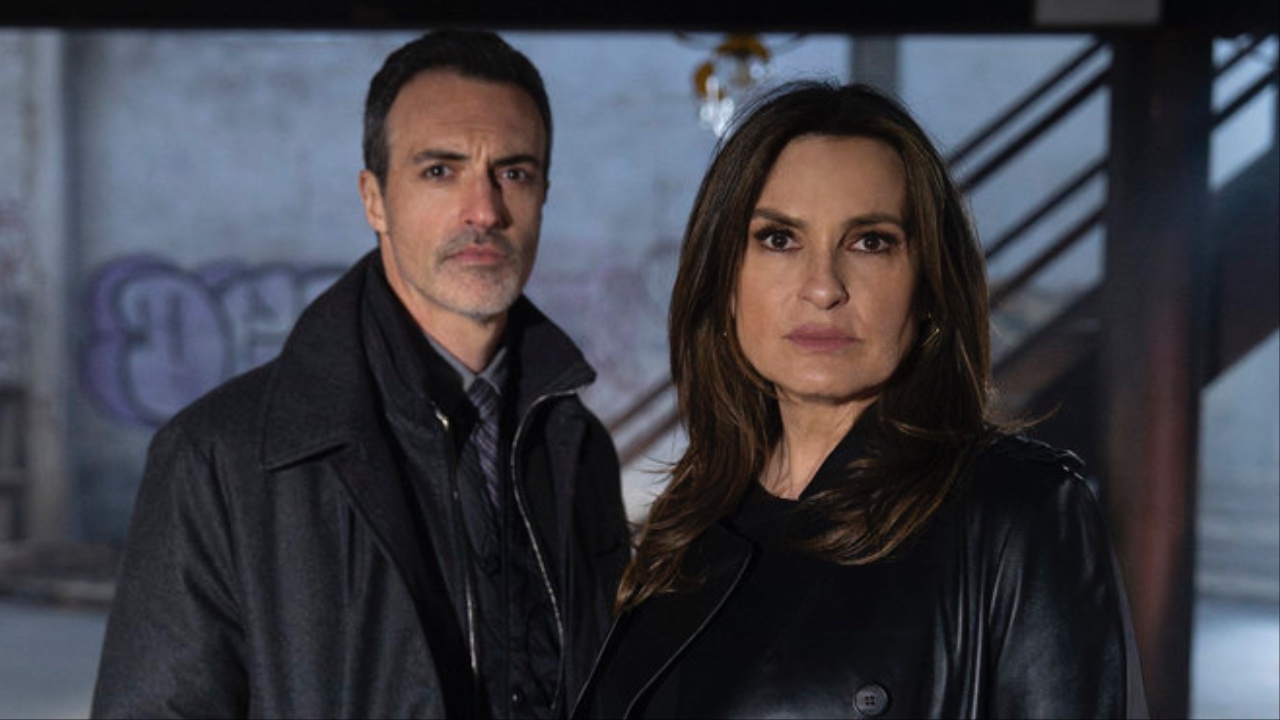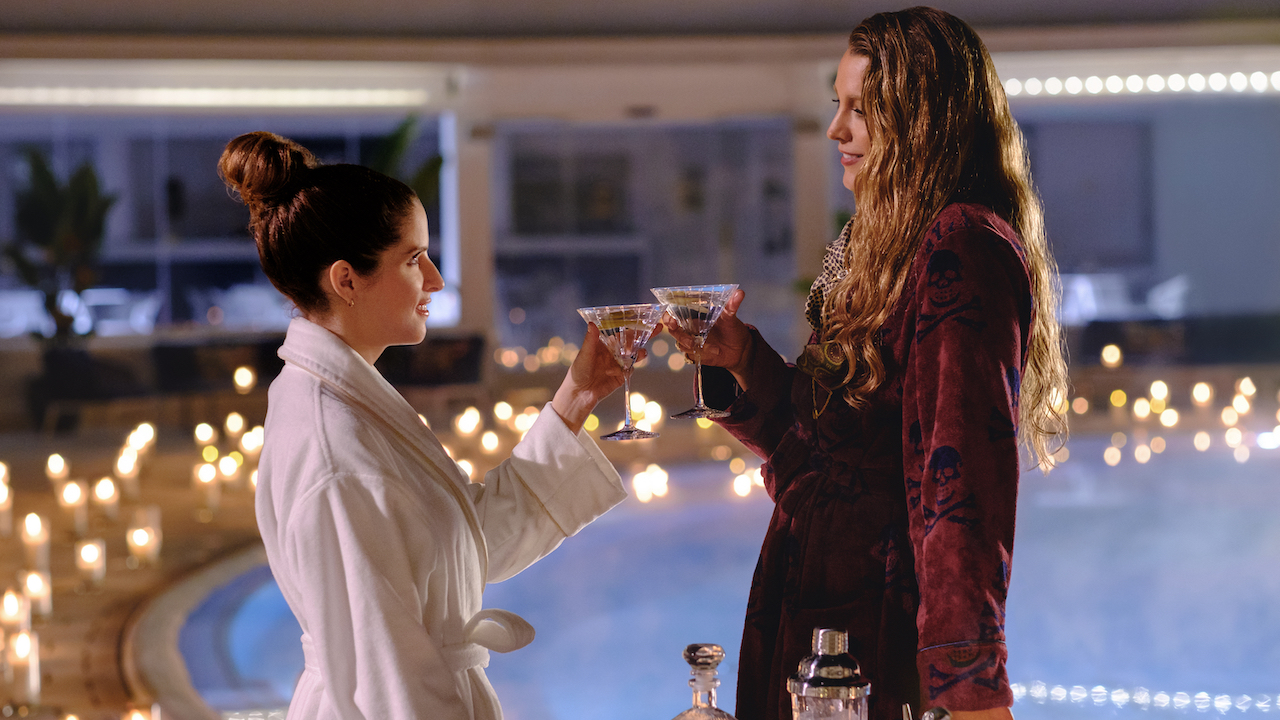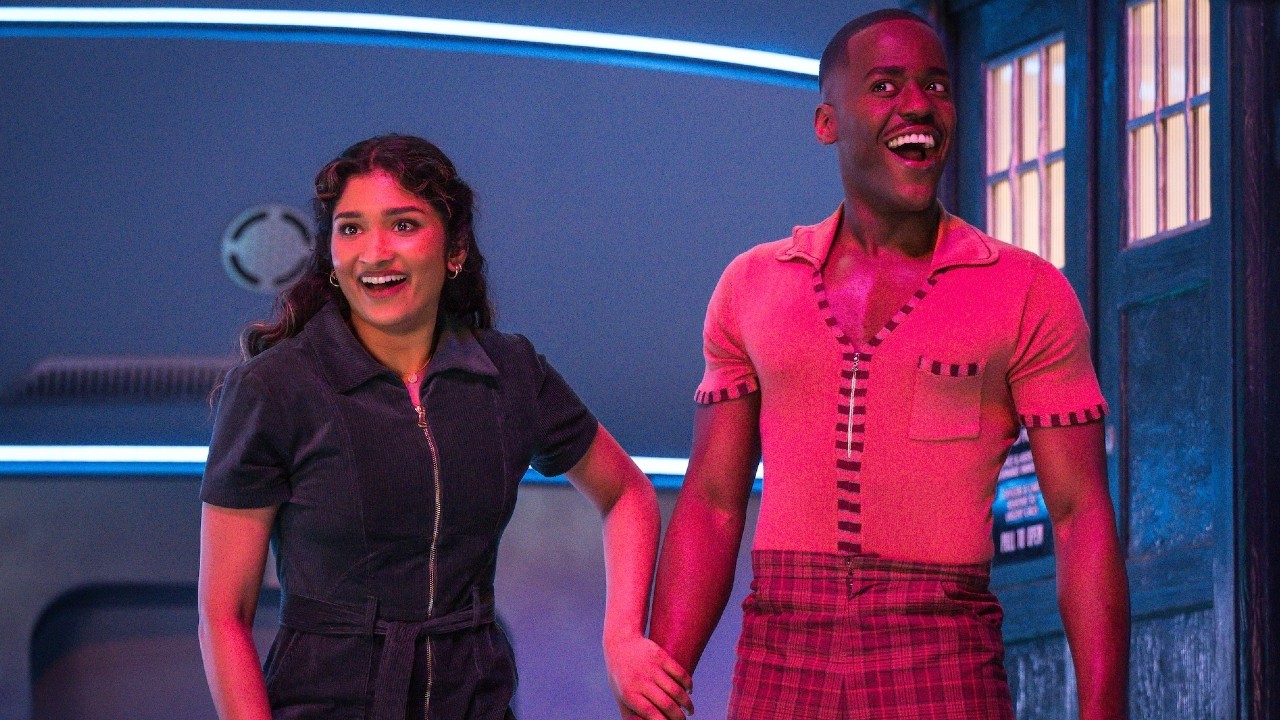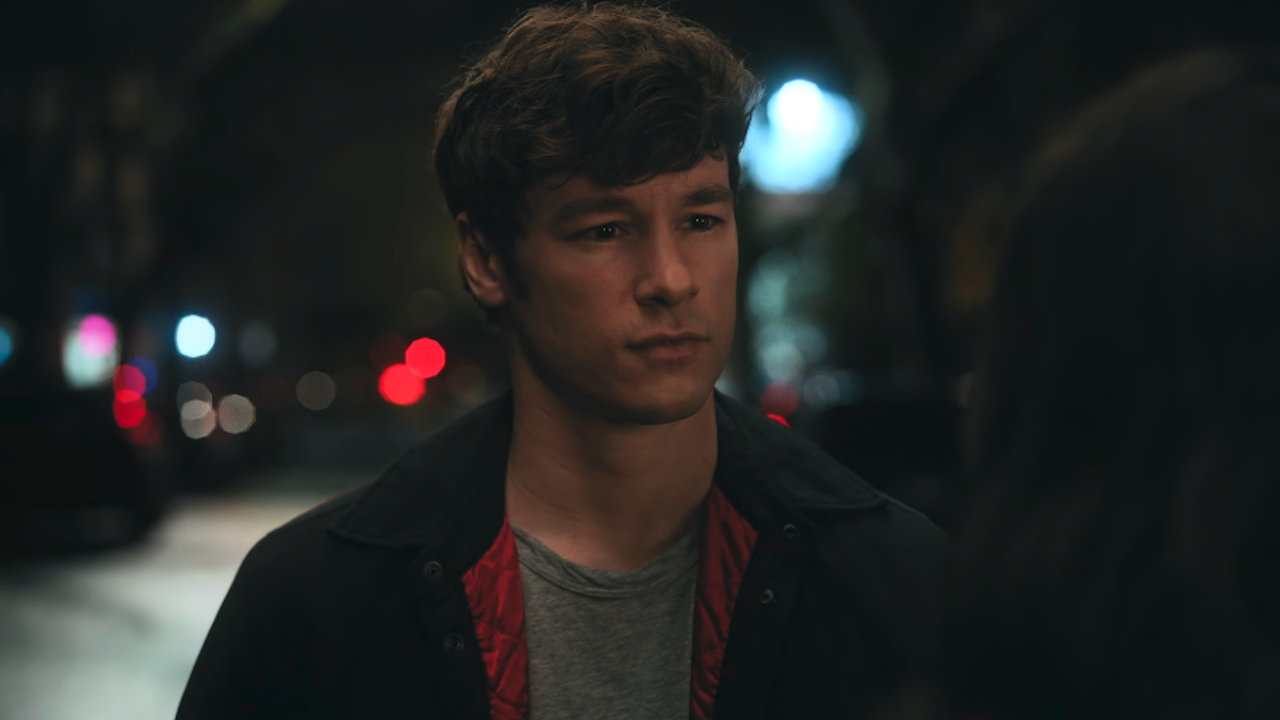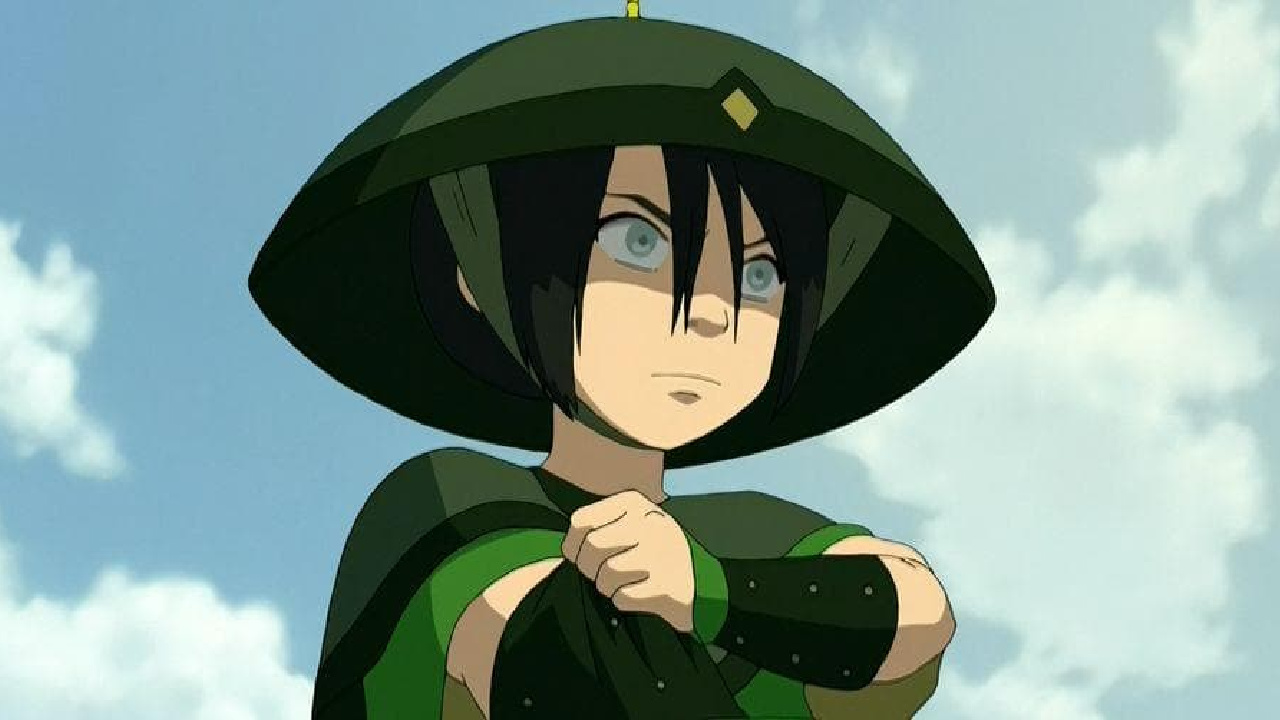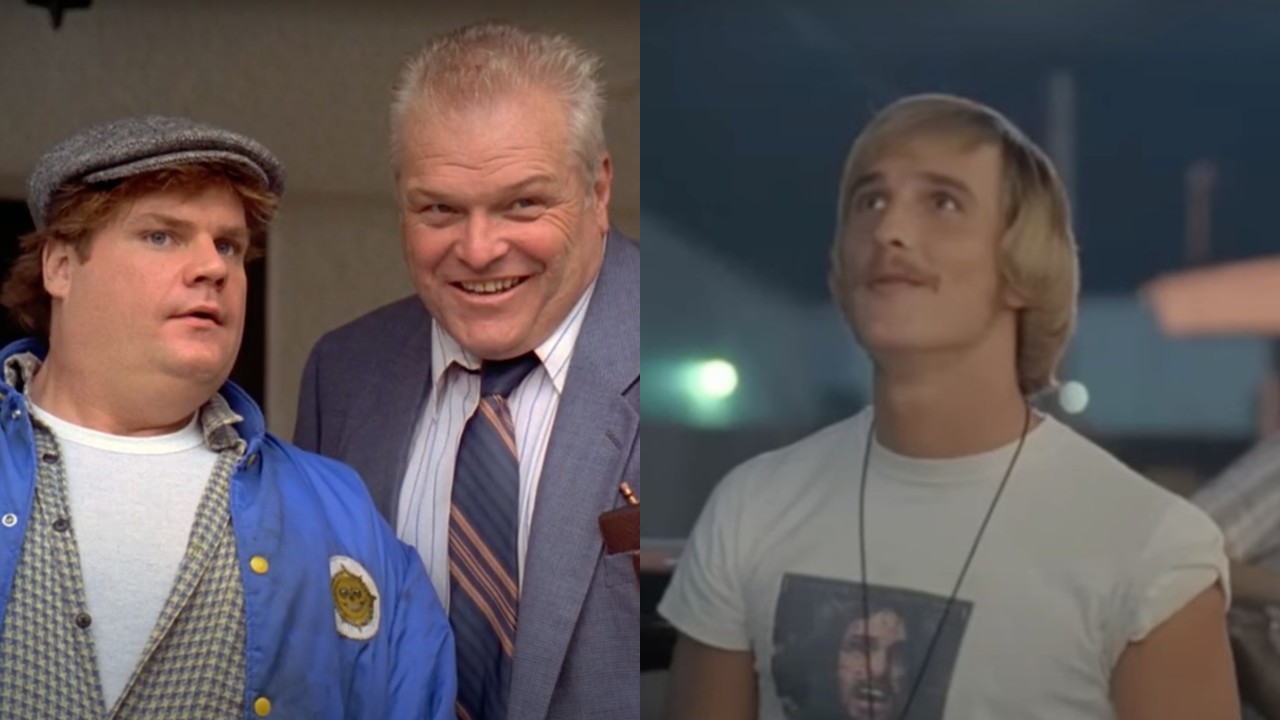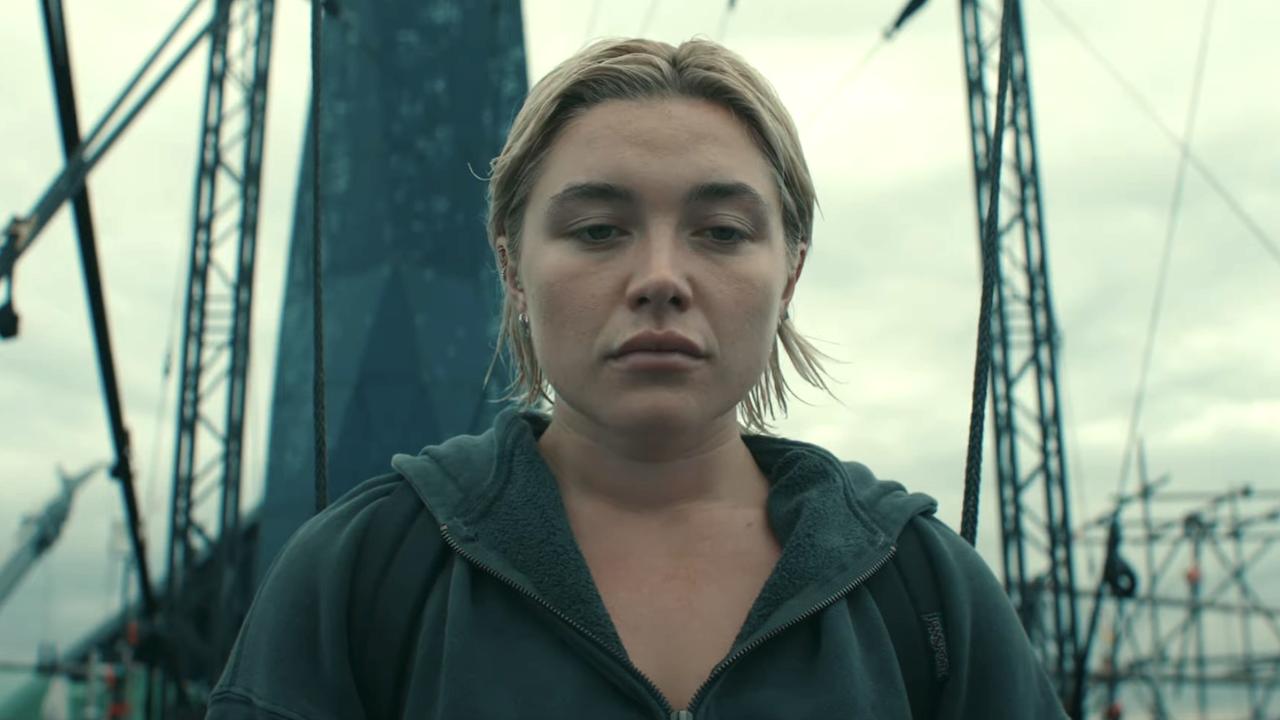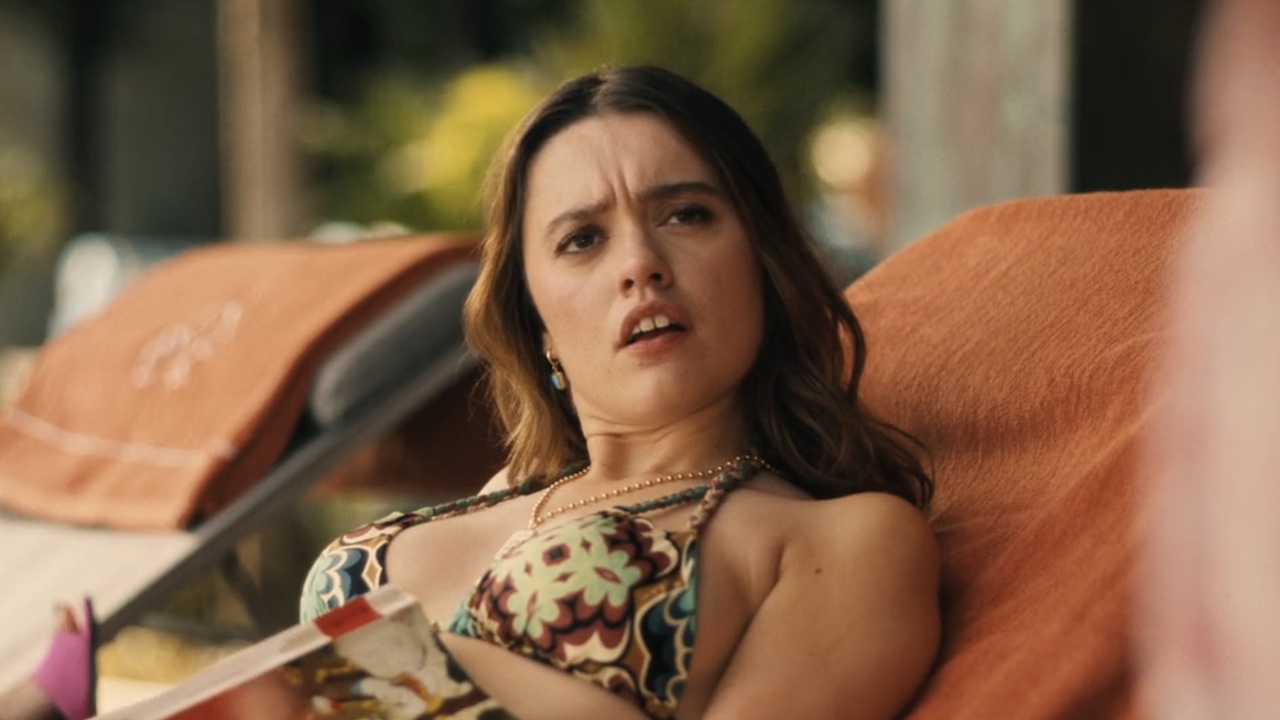The Artist Star Jean Dujardin On How Gene Kelly Inspired His Work
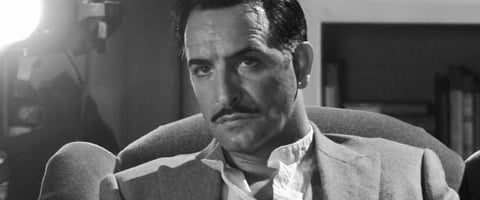
In The Artist, our hero George Valentin is a silent film star who finds himself left behind by the times, sticking to his old-fashioned silent acting while the rest of Hollywood moves on to talkies and sound. The actor who plays George, Jean Dujardin, has all the charisma and visual appeal that any silent actor would need, but he's a little bit like George when doing interviews with English-speaking reporters: as a Frenchman, he too can't speak directly to the person interviewing him.
So when I sat down with Dujardin during the Toronto Film Festival a few months ago, we communicated through an interpreter-- though, as is the case for a lot of movie stars, Dujardin said plenty with his relaxed body language and magnetic ability to command the attention of the entire room. I talked to Dujardin about relying on his longstanding relationship with director Michel Hazanavicius to adapt to the silent style of The Artist, how he and his co-star Berenice Bejo (who is also Hazanavicius's wife) erased all boundaries between them to pull of the silent romance between their characters and which old-school film star's "African rhythms" inspired helped him build his character. The Artist is out now in limited release.
Michel said earlier that he worked to make sure you guys didn't have to overact or change anything about your acting style. How did that work on your end?
Actually I felt very comfortable. Michel's work really allowed us to speak our work. the narrative work that Michel was doing by choosing his framing was important, and his way of telling the story. My intention and the same thing with Berenice was left to us. If Michel is telling the story I'm just being used as a tool, so I felt I had to act in the same manner I would in a talking movie.
Did you rely on that close relationship with him to pull this off and trust each other in that way?
Yeah, for sure it was important. We had always worked on comedies, and this time it was a melodrama. And it took only 35 days to film, so it was really important to have established that relationship and know each other very well so we could gain time. Michel, Berenice and I didn't have any restraint among each other, so we could go faster.
Is there any particular silent actor you modeled this character after?
CINEMABLEND NEWSLETTER
Your Daily Blend of Entertainment News
There were some influences, different influences, but there was a lot coming from the Douglas Fairbanks style, and there were lots of memories of expressions of Gene Kelly in Singin' in the Rain for example. Then there was another fantasy of how would I be if I were an actor in the 1920s? And also just focusing on the pleasure I had to act as a silent film star.
Having not worked in Los Angeles or in Hollywood, what was the experience of going over to LA to make this classic Hollywood movie?
It was an experience both as an actor and a tourist. The city really gives you back an amazing energy, it's almost a gluttonous kind of energy. It's the Vatican of the movies. It's the Mecca of the cinema. And especially having the full involvement of the American actors was extremely stimulating. The city itself is extremely stimulating, with the decor, the light, the buzz around acting and the cinema industry.
Did you have the love of the old Hollywood glamour or silent movies before you went into this project?
I had no knowledge of the silent movies. I knew the traditional classic geniuses like Charlie Chaplin and Keaton, but I had no idea of the others, and I discovered the movies by Borzage, in which I discovered that there was an acting that was much more sensitive without exaggeration or mime-like acting.
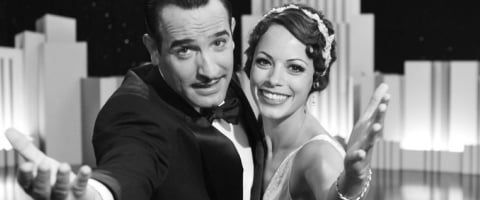
How did you learn to tap dance for the last scene in the movie?
We studied tap dancing with five months, which is a lot and also not so much. We approached it very scholarly, starting from ground zero and started taking lessons, and working on the choreography with Berenice a lot. But also having fun, and at a certain point we had to forget about the technical side of it, to really enhance the pleasure and have fun like kids and do some drumming like kids. The scene itself in the movie was pretty liberating. It was really a freeing scene.
Was it hard to learn to smile while tap dancing?
Yeah, that was the hardest.
Is that where the Gene Kelly part comes in? He was always so good at having a smile on his face.
Yeah, I got really inspired by Gene Kelly. Much more than from someone like Fred Astaire, who's much more airy and light. Gene Kelly is much more grounded, and I think it fit me better. He works almost with African rhythms, so I got really close to his influence.
Comedy traditionally doesn't translate across borders, but something that's silent like this can translate better. Is it exciting to realize this might reach people in America, or Canada, where your previous films might not have?
For sure, it has the face, the makeup of an American movie, because it's about American movie history. The silent movie is the universal movie language, it has the potential to touch many people.
Staff Writer at CinemaBlend
The Stars Of Black Mirror’s Common People Have Their Own Theories On What That Bleak Ending Really Means, And I Loved Seeing Them Figure It Out In Real Time
Ahead Of NBC's Law And Order Event, Reid Scott Joins The List Of Stars Who Can't Stop Raving About Mariska Hargitay: 'She's A Quarterback'

